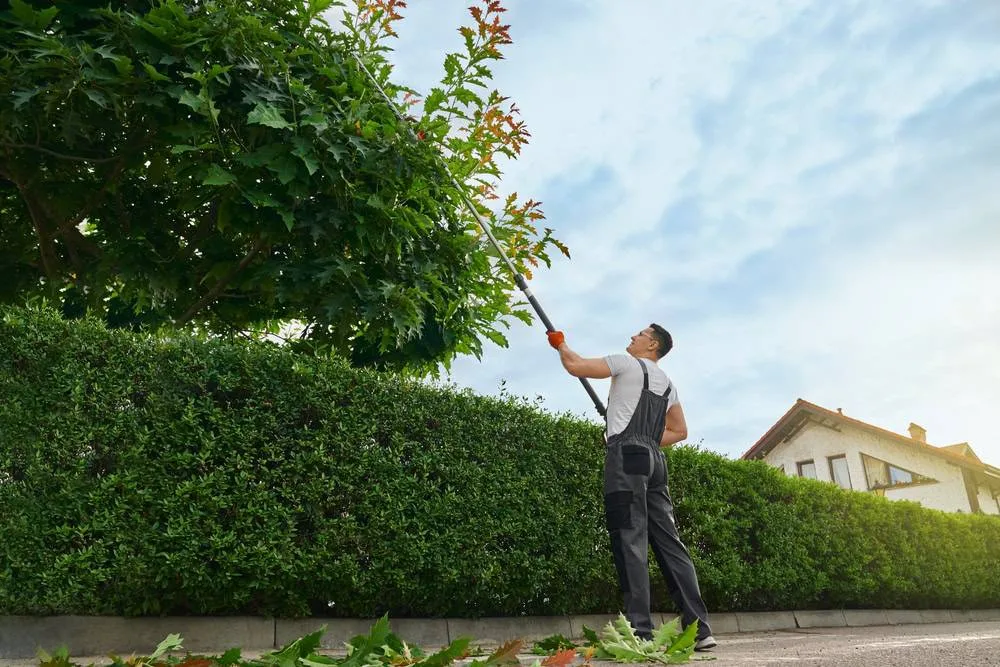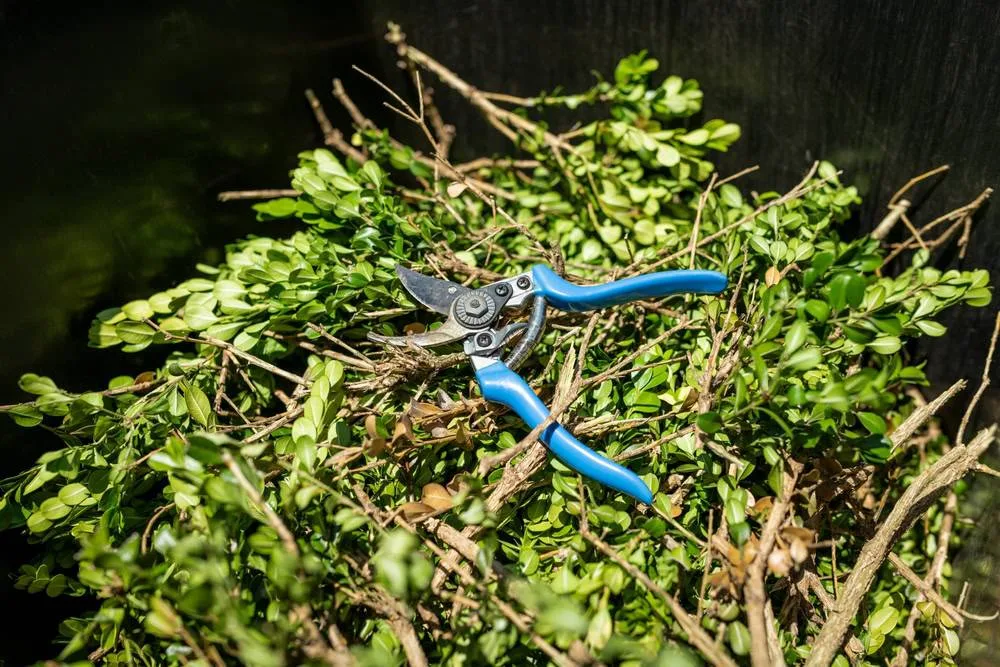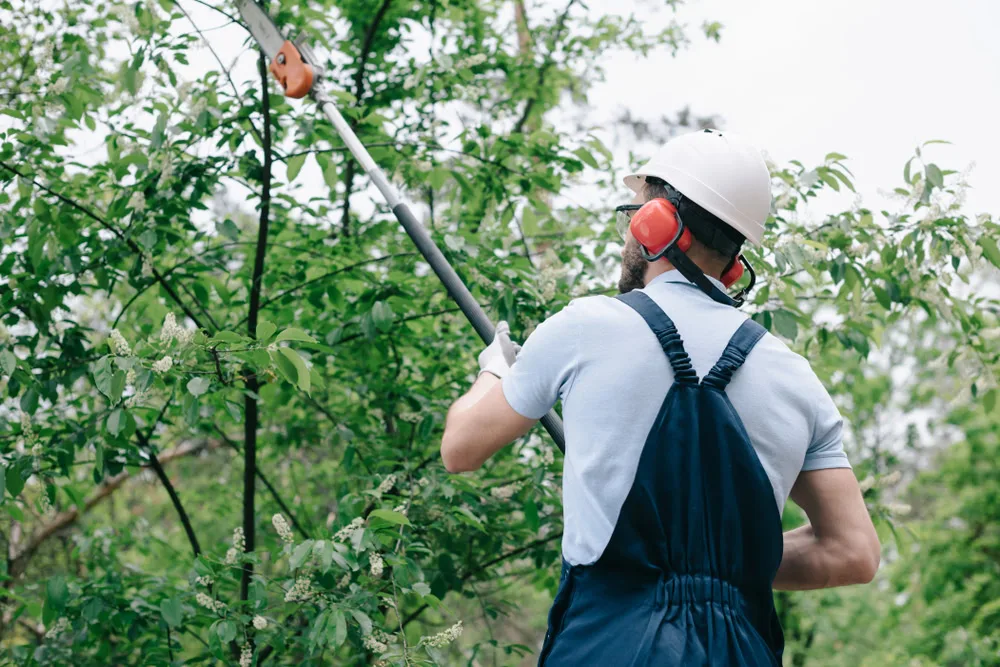Tree Trimming in Oyster Bay Cove, NY
Safe, Professional Tree Care That Protects Your Property
Expert tree trimming that eliminates hazards, enhances curb appeal, and keeps your trees healthy for years to come.

Hear from Our Customers

Professional Tree Care Services
You get trees that look better, live longer, and stop threatening your home. That’s what happens when branches are cut correctly, at the right time, by people who understand tree biology.
Overgrown branches stop scraping your roof. Dead limbs can’t fall on your car anymore. Your trees develop stronger structure that handles storms better.
The view from your windows opens up. Your landscape looks intentional instead of wild. Property value goes up because buyers see well-maintained grounds, not potential problems waiting to happen.
Oyster Bay Cove Tree Experts
Green Light Tree Services has been handling tree care in Nassau County for years. We know which trees thrive near the water and which ones become problems.
Our certified arborists understand the difference between a tree that needs trimming and one that needs removal. We’re fully licensed and insured because this work involves real risks.
You won’t find us cutting corners or showing up with inadequate equipment. We do the job right the first time because our reputation depends on it.

Tree Trimming Process
First, we assess each tree individually. Not every tree needs the same approach. We identify dead, diseased, or structurally weak branches that pose risks.
Then we trim strategically. We make cuts that promote healthy growth while removing hazards. Proper cuts heal correctly and don’t leave your trees vulnerable to disease or pests.
Finally, we clean up completely. All debris gets removed from your property. You’re left with healthier trees and a cleaner landscape, not a mess to deal with.
We explain what we did and why, so you understand the value of the work and know what to expect going forward.

Ready to get started?
Complete Tree Maintenance Solutions
You get a thorough evaluation of each tree’s health and structure. We identify problems before they become expensive emergencies.
Our service includes proper pruning cuts that follow arboricultural standards. We remove dead, crossing, and weak branches. We shape trees for better structure and appearance.
We also handle the cleanup and disposal. All cut branches and debris get removed from your property. You don’t need to worry about what to do with the waste.
Emergency response is available when storms damage your trees. We understand that tree problems don’t always happen during business hours.
